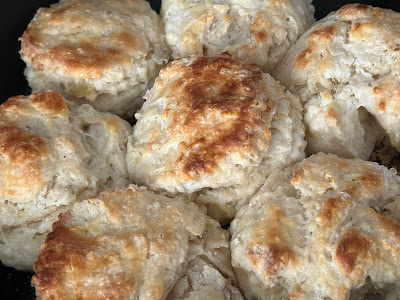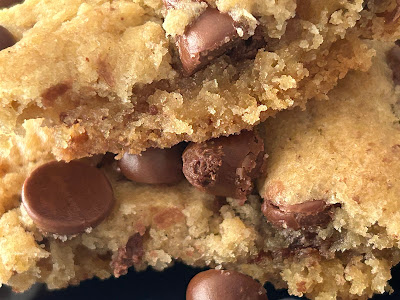Coconut Buttermilk Cake - made May 17, 2025 from Gonna Want Seconds
1 1/2 sticks unsalted butter, room temperature
2 cups all-purpose flour
1 1/2 teaspoons baking powder
1/2 teaspoon salt
1 cup granulated sugar
1 teaspoon vanilla extract
1/2 teaspoon coconut extract
3 large eggs
1 cup buttermilk
1 1/4 cups sweetened shredded coconut
Topping
1 cup powdered sugar, sifted
2 tablespoons buttermilk
1/4 cup sweetened shredded coconut
- Preheat oven to 350 degrees F. Spray a 9 x 5-inch loaf pan with nonstick cooking spray
- In a medium bowl, whisk together flour, baking powder and salt; set aside.
- In the bowl of a stand mixer fitted with the paddle attachment, cream together butter and granulated sugar. Beat on medium speed for 8 minutes, scraping down sides and bottom of bowl as needed.
- Add vanilla and coconut extract and mix briefly. Add eggs, one at a time, beating after each addition.
- On low speed, add flour mixture in 3 additions, alternating with the buttermilk in 2 additions. Beat until incorporated.
- Fold in 1 1/4 cups coconut. Pour batter into prepared pan. Bake 60 minutes or until a toothpick inserted in the center comes out with a few moist crumbs. Remove from oven and let cake cool in pan set on a wire rack for 10 minutes. Remove from pan and let cake cool completely.
- Topping: spread the remaining 1/4 cup coconut in a single layer on a baking sheet. Place in 350-degree oven for 5-10 minutes, stirring often or until coconut is golden. Remove from oven and cool.
- In a small bowl, whisk together the powdered sugar and 1 1/2 tablespoons buttermilk. Add the additional 1/2 tablespoon buttermilk, drop by drop until you reach a thick pourable consistency.
- Drizzle glaze over completely cooled cake and top with toasted coconut.
No sourdough discard in this one but I did have buttermilk to use up as well as coconut plus I've had this recipe on my pinterest board for awhile.
The directions say to make this in a loaf pan but I held back a little batter to make a small round cake so I could have a taste test without having to cut up the whole loaf.
I loved this cake. It was dense like a good pound cake but just a tad bit lighter and it was packed with coconut. The flavor was excellent and I love coconut because of the flavor and texture it adds to the cake.
Don't skimp on either the coconut or the vanilla. I used the recommended amount of vanilla extract in the recipe then added a generous teaspoon of vanilla bean paste as well.
The only thing I didn't care for was the buttermilk glaze. I tried it on the taste test small cake and the taste was fine to add sweetness and anchor the toasted coconut on top. But I didn't care for the buttermilk smell as I ate it. Milk would've been better to make the glaze. It would provide the sweetness for the glaze without the smell or tang from buttermilk.
So I opted to leave the loaf cake unglazed and it was just fine. This also freezes well and slices well. If you want to make it ahead, wrap the loaf in foil or parchment, put in a gallon freezer bag and freeze whole. Before serving, let it thaw to room temperature then slice.





























































